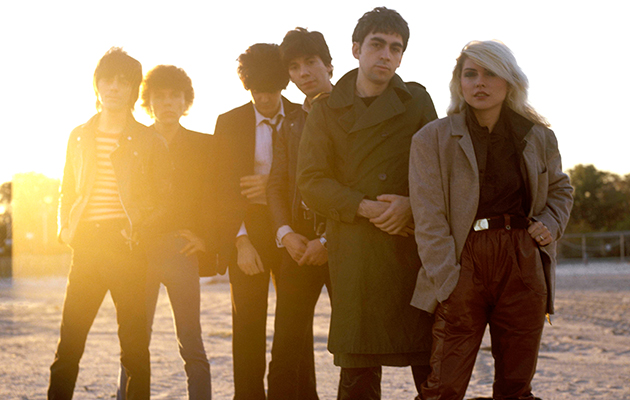
By 1975, America was in the middle of the worst prolonged economic period since the Great Depression. “New York began defaulting on a lot of money it had borrowed,” says author Christopher Sorrentino, who grew up in the West Village during the 1970s. “When the bill came due, there wasn’t much for it because all the cities in the US were going under – either because industry was leaving or because they’d torn themselves apart in the 1960s as a consequence of economic downturns. New York never caught fire, like Newark or Detroit or Cleveland did. But a lot of the economic problems that were visiting large urban centres in the US were visiting New York and visiting them in spades.”
“There was a certain greyness to the city,” says Al Diaz, who as Bomb-One was part of New York’s first wave of graffiti writers. “Physically, the climate was run down. There was a lot of fun stuff going on, but the condition of the concrete – the physical city – was neglected. People gave less and less of a damn about the environment.”
“I remember when everything past Avenue A was taking your life into your hands,” says Lenny Kaye. “There’s scary areas, but you’re taking the subway from 72nd Street through Times Square and in some ways you dig that. Times Square in retrospect was quite a jungle, as I would imagine Soho might have been at some time or some of the far reaches of Notting Hill. This is life in cities. London in the Blitz was much worse than having some no-go zone where drugs were rampant and buildings were on fire.”
“Everybody dressed like Road Warrior, like they were in battle – which you were,” remembers the filmmaker John Waters. “I don’t think punks got discriminated against so much in New York, I think they were happy. It was a perfect look for the time.”
“I was on welfare all through this period,” reveals Stein. “I was out on tour with the band in the early days, when I got a call saying they were going to stop giving me welfare. So that was that. The Lower East Side was pretty dismal at that point.”
“What was going on elsewhere in the city affected everyone’s life,” adds Harry. “There were strikes all the time and a lot more street aggression and crime. Small, petty muggings. We all grew accustomed to looking behind us. I got robbed. Nothing much to steal, though. Honestly, it was kind of unfortunate for the thief.”
Harry and Stein, meanwhile, were living in an apartment at 105 Thompson Street – “very small rooms, looking out on an air shaft, nothing very scenic about it,” remembers Harry – in Little Italy. “The old guys would be sitting out in front of the social clubs and all that,” says Stein. “One time, I was downstairs when a bunch of guys from the neighbourhood started beating the hell out of this black kid who had wandered into the block. There was still this heavy racial component and turf mentality going on. Right at that moment, Debbie pulls up in her car and starts yelling, “Stop, stop! Call the police!” That was bad, that was verboten. After that, we were persona non grata in the neighbourhood. The apartment got broken into a couple of times, and we left.”
They moved next to a spacious loft at 266 Bowery, that provided not only accommodation for Harry, Stein and new guitarist Gary Valentine, but significantly was also large enough for the band to rehearse in. “We were on the first floor,” explains Burke. “Debbie and Chris lived at the back and we had the band set up in the living room. The landlord, a guy called Benton, an artist, lived on the second floor. The third floor was vacant for a long time and eventually the designer Stephen Sprouse moved in. There was only one toilet that happened to be on our floor, so everyone passed through our loft on a daily basis to use the facilities.”
Further along the street, William Burroughs lived at 222 Bowery, in an apartment he christened ‘the bunker’. “I got to know him, as much as you could know him,” says Harry. “In an odd way, he was really a man’s man. I knew John Giorno. Somehow or other I knew a lot of these Beat poets who were lingering around from the Sixties.”
One winter in the mid-Seventies, Burke found the body of a homeless man in the street outside the front door. “The middle of the Bowery had shelters and homeless people on the street, and mentally disturbed and addicted people,” says Burke. “Some poor chap was out in the doorway in the snow.”
“It was very sad,” acknowledges Harry. “There aren’t really derelicts like that in New York any more. I know there are homeless people and people in need always, but not quite like that.”



